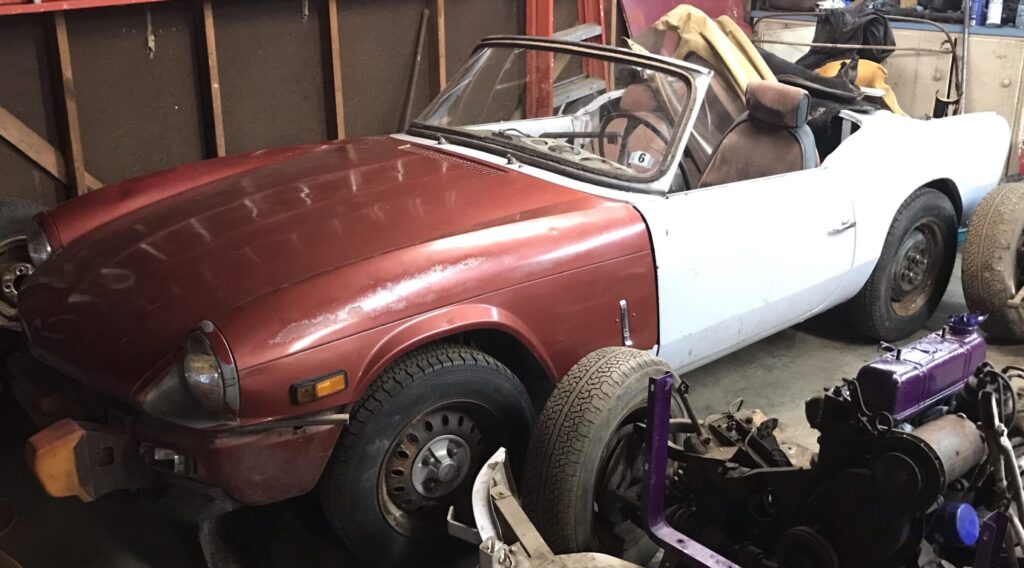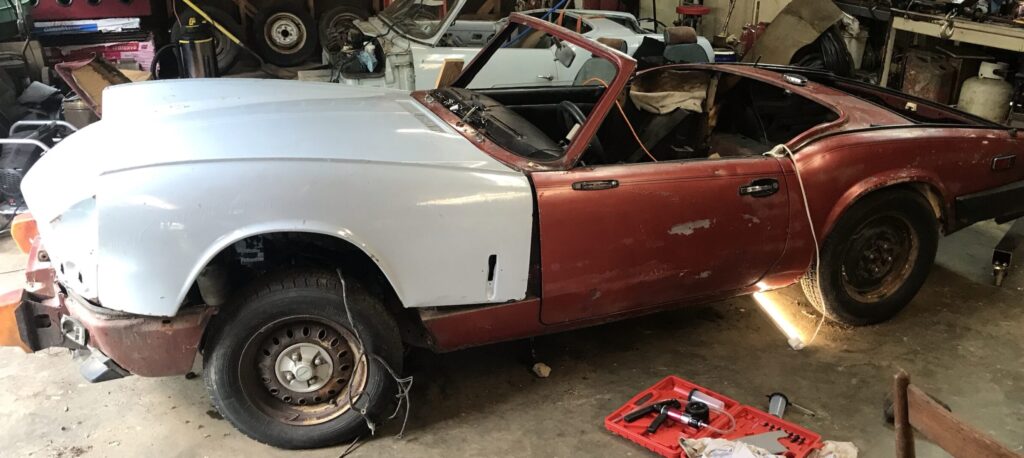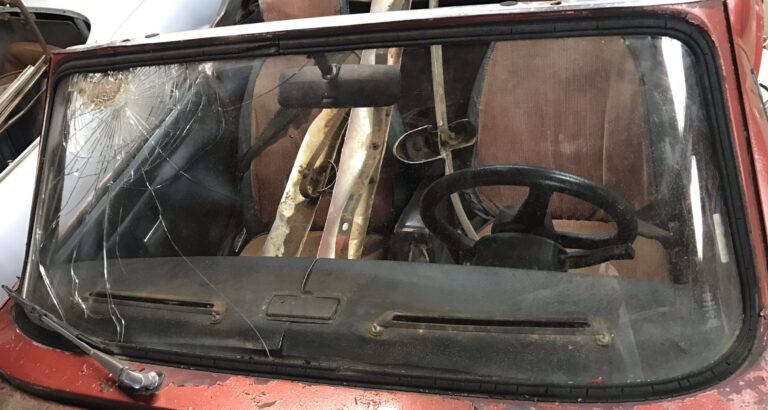5 Things to Learn About Triumph Spitfire
For a car that may seem like just another cute roadster, the Triumph Spitfire obviously has people around the world captivated for life. For some, it was a family car. They can fondly recall times they ‘rode the hump’ to the grocery store as children. There are others who have been involved in the car’s racing history since the beginning. As I’m getting more involved in the community, I’ve learned a few things about the Triumph Spitfire.


The Frames are Extremely Similar
While each generation has it’s own special bits added, each generation of Triumph Spitfire used the same basic chassis. When we started our Mk2 to Mk4 body swap, we were surprised at how easy it was to fit the 1965 mk2 body to the 1980 mk4 frame! Each and every bolt lined up exactly! The only difference in our two body tubs was that the Mk4 came with seatbelts, so there were holes drilled in the body. The bolts went through to weld-nuts in the frame, so all we need to do is drill a couple of holes!
Regulate Your Fuel Pressure
At some point, according to the plethora of forum posts sprinkled across the internet, replacement fuel pumps became unreliable. The original fuel pump in these cars is mechanically operated, and was likely designed with no intention of handling modern additives. On top of that, there’s no telling what happened along the assembly line. The smallest of errors can compound in unforeseen ways. The solution, however, is rather simple. Fitting your Triumph Spitfire or other classic car with an electric fuel pump/regulator combo seems to be the end all, be all for this issue. Your final fuel pressure regulator setting will depend on many factors, but it looks like 2.5-3psi is the sweet spot.
Handy Cure For Vapor Lock
Speaking of fuel issues, I can’t seem to go a single day without scrolling by a Vapor Lock question! Vapor lock occurs when fuel boils and is no longer able to flow as a liquid through the lines. This seems to be another one of those modern-fuel-related issues as well. It seems like a lot of vintage and classic cars have vapor lock issues at some point in the year. While there are fuel filters available with a vapor vent, Triumph Spitfire owners seems to be quick on the hip with this tip = clipping a few clothespins on the fuel line can help solve vapor lock issues. The clothespins pull heat away from the fuel, keeping it from reaching boiling point as readily.
Commission Numbers are Weird
If you’re anything like me, you were overwhelmed by all the commission numbers listed in the parts catalog! If you’re even more anything like me you spent a long time being stumped as to why you couldn’t find a commission number on your car anywhere. Here’s the answer- “Commission Numbers” were used by Triumph before “Vehicle Identification Numbers” or Vin’s were used on the cars. Long story short, If you have a Triumph Spitfire with a VIN, chances are that It was built after commission number FM95001.
US Market Was Robbed
In the days when Triumph Spitfires were being produced, the United States was working on cracking down on safety and emission rules. We are all familiar with the Ugly Black Plastic bumpers that put a funny face on so many beautiful cars, but this time we really pulled the short straw. The Triumph Spitfire 1500 was produced in two variations for European and US Markets. The US Market saw the British Roadster equipped with a single Zenith Stromberg carburetor and catalytic converter. This setup was good for roughly 53bhp. The European market saw the 71bhp version equipped with dual SU HS4 carburetors and an exhaust manifold which is basically regarded as a header by today’s standards.



